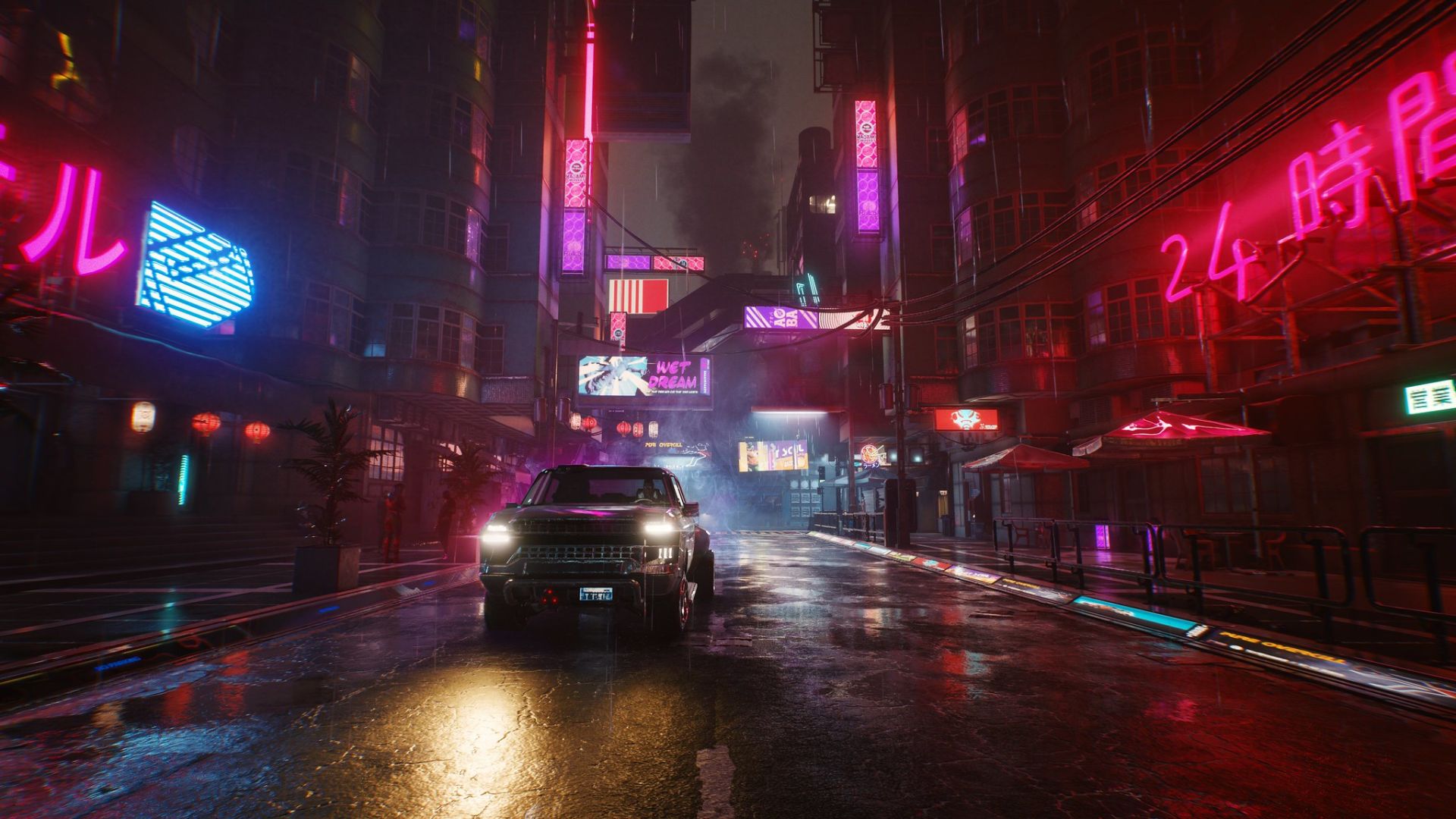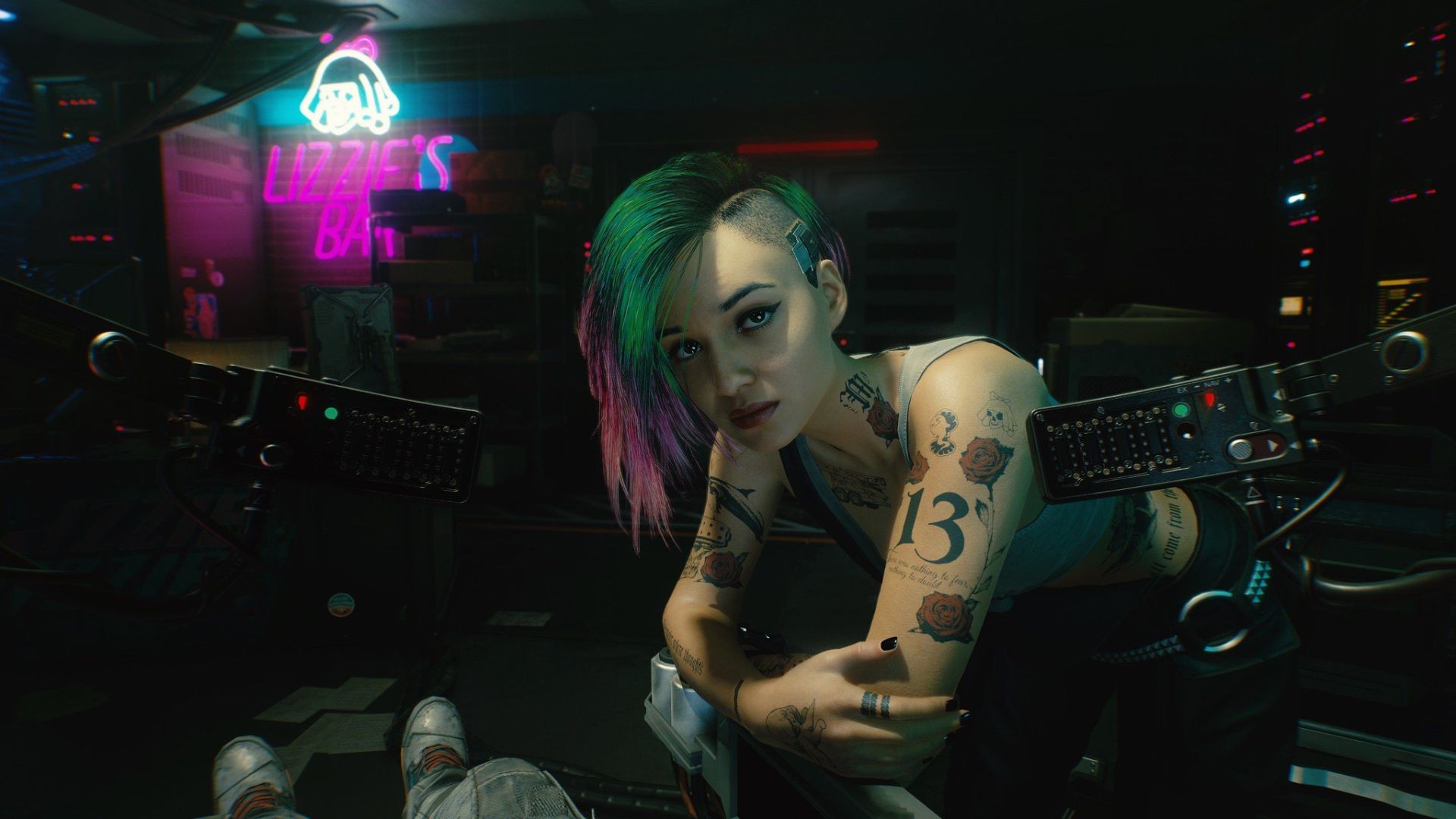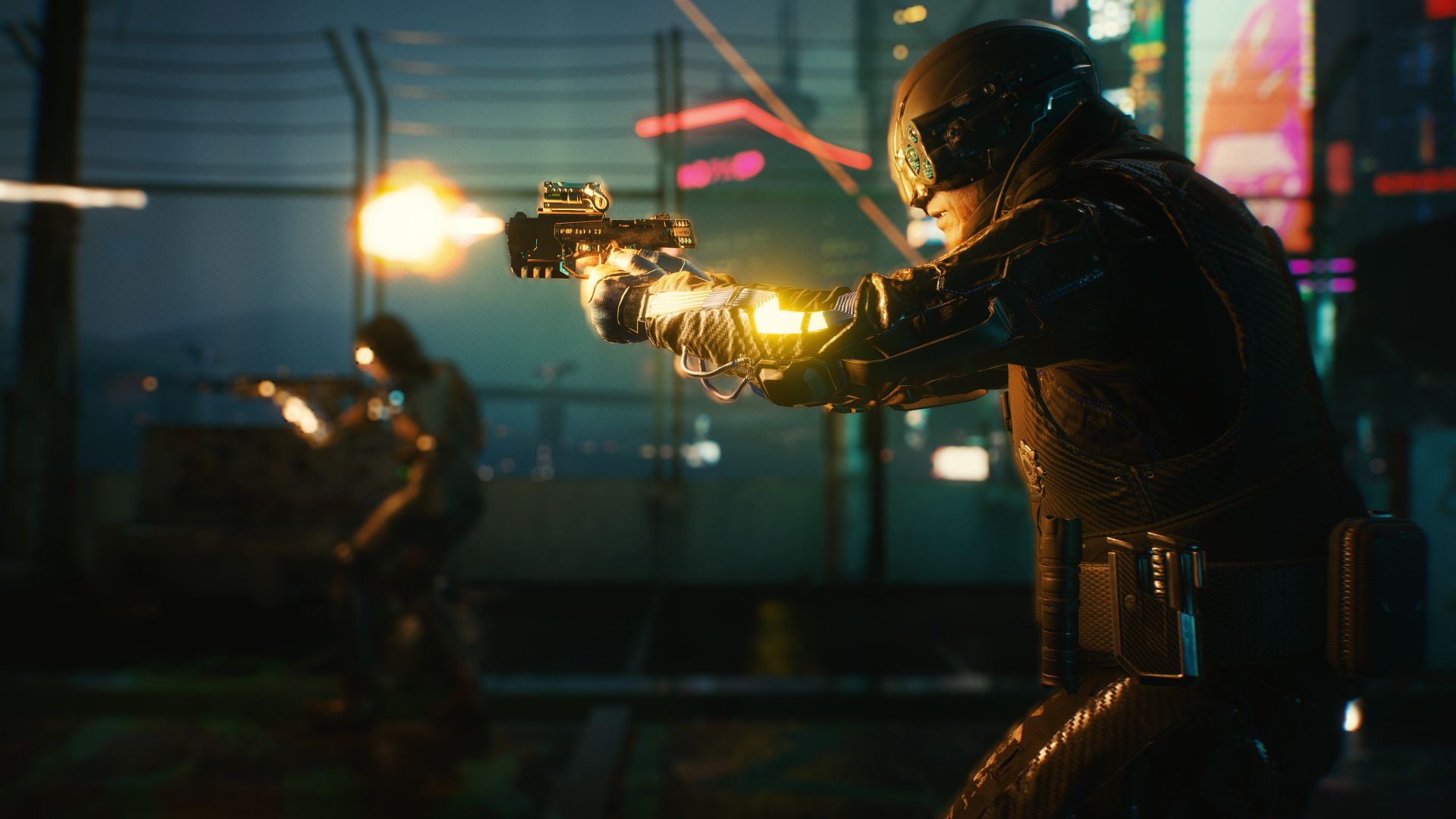
It’s been eight years and two whole console generations since CD Projekt RED first announced Cyberpunk 2077. In the intervening time, we saw the CDPR transform into one of the most respected development houses in the videogame industry. CDPR’s always aimed far beyond what their capabilities would lead to you to expect. Now, with the resources of a proper AAA studio, they’ve infused advanced tech, a remarkable degree of world-building and their signature storytelling to create the most significant 9th generation title till date. Cyberpunk 2077 is all kinds of achievements. But it stands tall, in particular, as a brilliant technical achievement. While it is a cross-generation title, much like Grand Theft Auto V, Cyberpunk 2077 on high-end PC and next-gen consoles offers us a glimpse of just what AAA developers could accomplish in the years to come once the Xbox One and PlayStation 4 are phased out. We’ve all been waiting for that next-gen “wow” moment, and that time is now. But what exactly makes Cyberpunk 2077 shine at a technical level? What kind of techniques are CDPR leveraging here, and how does the maxed-out PC version stack up to the sky-high expectations and hype? Let’s take a look.
NVIDIA RTX: the complete suite
NVIDIA has been pushing hybrid ray-tracing heavily for the past two years. The entire Turing GPU generation saw prices rise and raster performance flatline because of NVIDIA’s heavy investment into AI and ray-tracing hardware on Turing dies. These first-generation ray tracing parts were, in a word, inadequate. Even with DLSS upscaling, all but the most capable of RTX Turing cards managed to hit 60 FPS in intensive ray-traced titles like Control. Other games compromised by making frugal use of ray-traced effects but the performance penalty, combined with the meagre visual improvements made this a net loss.
Two years down the road, NVIDIA’s Ampere cards are out, and while ray-tracing still quite isn’t there in terms of raw performance, the RTX 3080 and RTX 3090 offer enough raw horsepower (and enhanced RT cores) for developers to seriously consider adding complex ray-traced effects to their games without utterly tanking framerates. Both the new ninth-generation consoles – the PlayStation 5 and Xbox Series X – support hardware ray-tracing, too, meaning that ray-traced effects are likely to become a standard part of the gaming featureset in years to come. It’s worth keeping this context in mind when we talk about Cyberpunk 2077’s ray-tracing effects. CDPR’s latest opus features, without a doubt, the most complete implementation of RTX effects we’ve seen in a hybrid rendering game. Barring Quake II RTX and Minecraft RTX, both of which are pure path-traced titles, there’s nothing out there that competes with Cyberpunk 2077’s RTX implementation, barring Control, which delivers a much more linear gameplay experience. Let’s take a look at some of the RTX effects on display here.
Cyberpunk 2077 makes excellent use of ray-traced reflections. Night City’s gritty neon-soaked environs are a perfect match up, with lots of glass and highly reflective metals that really benefit from a reflection pass. Reflections are the most easily-noticeable ray-tracing improvement to the game and can completely transform the aesthetics of certain locations. The floors can go from a murky grey-black to a riot of color, accurately reflecting multiple light sources. One drawback to Cyberpunk 2077’s ray-traced reflection implementation is that it appears to cut out the player model. This is especially jarring when driving past windows while riding a motorcycle: The motorcycle reflects off buildings but not V! We expect CDPR to patch this issue soon but, for the time being, this could be a potential deal breaker for some.
Ray-traced ambient occlusion and shadows are another key addition here. This isn’t the first RTX title to sport a great ray-traced shadow implementation. Interestingly, another cyberpunk game, Ghostrunner, beat CDPR to the chase in this respect. But just like in that game, ray-traced shadows add immense depth, really situating character models and objects in the game world, instead of “flat” feeling most games give off. It can be hard to notice all the additional self shadows and fine detail here while in action, but suffice to know, we’re not dealing with approximations anymore. At least at close range, every part of an object will cast accurate shadows, including self-shadows. With complex high-poly models, this adds immense depth to nooks and crannys, in armor and pockets for example. There is an LOD cutoff to ray-traced shadowing. However, it’s generous enough that the switch isn’t too jarring.
Cyberpunk 2077 also makes use of NVIDIA’s DLSS 2.1 AI upscaling technology. DLSS runs on the tensor cores on Turing and Ampere graphics cards. It isn’t a simple upscale of low-res imagery: the AI algorithm recreates missing pixel information and in quality and balanced modes are at least as detailed as native resolution rendering. The heavy performance hit of enabling RTX effects in Cyberpunk is largely ameliorated by DLSS. Without the upscaling technique enabled, even the RTX 3090 and RTX 3080 register dips below 30 FPS at times. DLSS has matured considerably: at this point, at least if you’re sticking to the quality or balanced modes, there’s no reason not to enable it and benefit from improved performance.
Animations and models: it’s more than just the ray-tracing
While Cyberpunk’s RTX effects are definite headliners, it’s important to keep in mind that this is a AAA game that’s been in development for over 8 years, with an eye towards next-gen platforms. While it does on everything from the Xbox One on up, high-end PC visuals give the distinct impression that CDPR was aiming to build a title that looked and played categorically better than just about anything on current-gen platforms. On a high-end PC, we see detail and fidelity that goes well beyond even next-gen “exclusive” titles.
Main character models, including V and Johnny Silverhand have poly-counts comparable to top-tier late gen PS4 exclusives: we expect this level of fidelity to become standard in ninth-gen open world titles. Character animations and behaviour scripting are, again, well beyond what we see in the likes of “cross-gen” titles. While Red Dead Redemption 2 arguably delivers more convincing AI routines, there’s no surfeit of variety here. And compared to The Witcher 3, character animations themselves — especially in open-world sections are significantly more varied and blend better. CDPR’s bespoke AI-powered lip-syncing tech makes character interactions significantly more convincing, too. What’s particularly interesting here is that the AI-based approach means that different language dubs of the game all get accurate lip-syncing.
Particles and post-processing
Lastly, Cyberpunk 2077 doesn’t disappoint in terms of particle and post-processing either. Night City calls for a post-FX heavy aesthetic. Cyberpunk has a great per-object motion blur implementation, alongside a high sample-count DoF. With DLSS enabled, anti-aliasing becomes a non-issue, too. Alpha effects like explosion and fire are high resolution and really benefit from ray-traced reflections. Dynamic alpha effects receive accurate reflections on surfaces like glass, adding an extra layer of immersion during combat scenes.
Conclusion
Cyberpunk 2077 is practically a ninth-gen launch title. But we get the feeling that the top-end version of this game on PC will remain something of a visual benchmark for ninth-gen console titles to aspire to, for years to come. If this is CDPR’s vision ninth-gen gaming, we’re in for a truly remarkable decade.

















